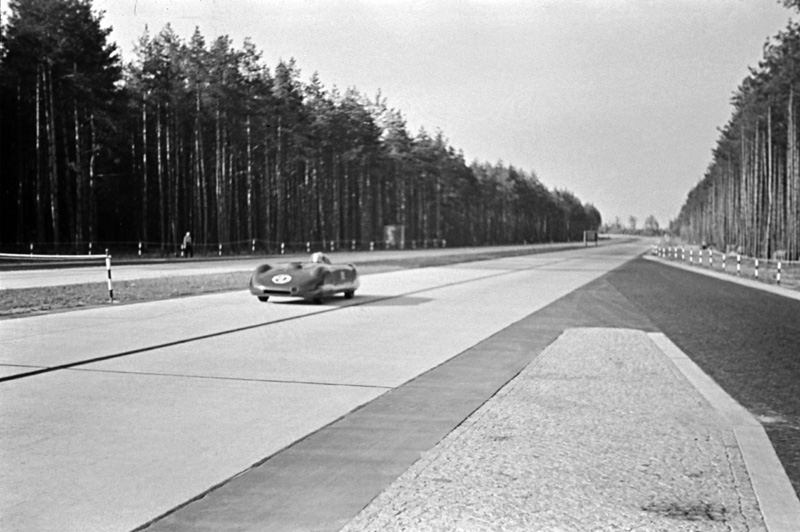Wolseley Hornet Specials no.41 featured a full-frontal photograph of a 1933 Arrow Foursome Coupe. This artist’s impression of that model was extracted from an Arrow Coachworks advertisement, (scanned from a March 1933 Motor magazine) and provides a side-on profile view of the car. Its design has some similarities to the 1930 two-seat Arrow Hornet Coupe (also seen here) and carries over the louvered wing valances to be seen on the earlier vehicle. The complete March 1933 Motor item featuring this model has been added to the Wolseley Hornet Sports & Specials page within the members area of the website.












